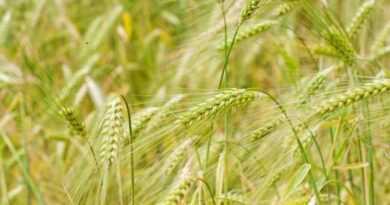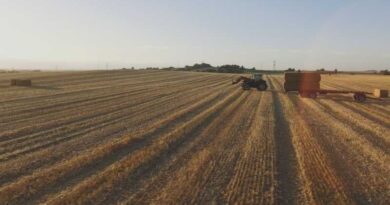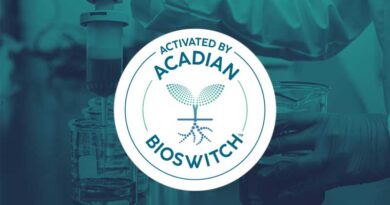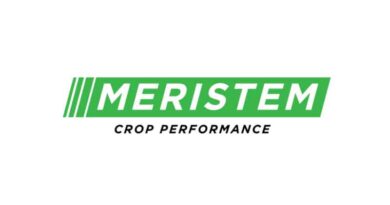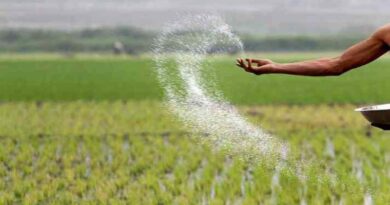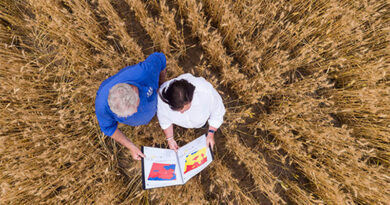Agriculture’s Most Enduring And Productive Partnership Is In Peril. Will We Rally To Do Something About It?
08 July 2023, US: If there’s one thing the world of agriculture has always appreciated more than most, it is the relationship between two things inextricably bound together. The importance of beneficial collaborations.
The farmer and the land. The weather and the crop. Our industry and the 8 billion people our food sustains.
All of them serve as reminders of the partnerships we rely on.
But today, the greatest of those partnerships – the relationship between plant and soil itself – is under siege. Between increasingly challenging climate change factors and over farming, our soil is literally being stripped of its ability to produce the very plants that sustain us.
It’s time we examine the symbiotic relationship between the plants we grow and the soil that sustains them. It’s time we rethink this vital relationship from the ground up.
Regenerative Agriculture is a ready and sustainable solution.
Only healthy soil can grow healthy plants. Period. Full stop.
Good, healthy soil is alive with microbes which help with plants’ nutrient uptake, growth, pathogen resistance and stress tolerance.
Without these tiny helpers working symbiotically with the plant, one cannot create an environment that is healthy and fertile. Precisely why regenerative agriculture isn’t just a solution, but rather the only one.
At its heart, regenerative agriculture advocates a conservation and rehabilitation approach to food and farming systems. It prioritizes topsoil regeneration, increasing biodiversity, improving water cycles, enhancing ecosystem servicing, supporting bio sequestration, increasing resilience to climate change and strengthening the health and vitality of farm soil.
In other words, everything to help the plant and soil’s symbiotic relationship.
The soil is alive with the sight of microbes!
Today’s agricultural challenges brought forth ground-breaking ideas from the minds of scientists too.
Take Acadian Plant Health biostimulants. When used as a crop care input, they are helping an entire industry move confidently towards regenerative agriculture methods without (and here’s the key part) sacrificing productivity or yield in a cost-effective way. That’s because they improve plant and soil health – both of which are foundational to any regenerative and sustainable agri-food system.
Acadian Plant Health products impart complex bioactive compounds that encourage optimal soil health so that plants can thrive in their environment. They contain amino acids (the building blocks of plant proteins) that serve as a food source for beneficial microbes in the soil. They contain alginic acid (a complex carbohydrate) that also serves as a food source for beneficial soil microbes, and it improves soil moisture by mixing with certain molecules in the soil to form compounds that swell up when wet to retain water. And they contain different types of saccharides (natural sugars) that feed bacteria in the soil to help free up nutrients for plants. Essentially creating a symbiotic relationship between plant and soil. All these benefits are imparted thanks to the resilient power of Ascophyllum nodosum, the North Atlantic seaweed from which our biostimulants are extracted in their most active form to be used in agricultural practices.
Think sustainability, sustainably sourced.
For all the good Acadian biostimulants do for plant and soil, they are equally considerate of the North Atlantic ecosystem from which our seaweed is sourced.
Every ton of seaweed we harvest has absorbed 362 kg of CO2 and pulls 4.18 kg of nitrogen and 0.26 kg of phosphorus out of the ocean for a healthier marine ecosystem. So they’re proving their regenerative worth from the get-go.
Additionally, we responsibly harvest less than 25% of the allowed quota of our raw material, using tools that are gentle on the ecosystem and allow for quick regrowth of the resource. After decades of harvesting, we’ve been able to determine the impact on the biomass of the seaweed.
Our research shows no significant decrease in the biomass and in some cases the biomass even increased!
We’re justifiably proud and protective of our world-leading resource management system. After all, what would be the benefit of touting sustainable soil on land if it were equally robbing sustainability elsewhere?
Regenerative agriculture. Thoughtful from the ground up.
While a reappreciation of the important and inextricable relationship between plant and soil has been a great challenge, it has also been a gift.
Because it has reminded us that partnership and collaboration live at the heart of everything that’s agriculture.
It’s in the way we come together at harvest. It’s in the way science and nature collaborate on sustainability-enhancing technologies. And in the way we share ideas and listen, really listen, to one another.
How lucky we are to appreciate the interdependence every partnership brings.
After all, when we work together, there is no challenge we cannot Sea Beyond.
Also Read: Syngenta India to train and certify 1000 spray men
(For Latest Agriculture News & Updates, follow Krishak Jagat on Google News)






